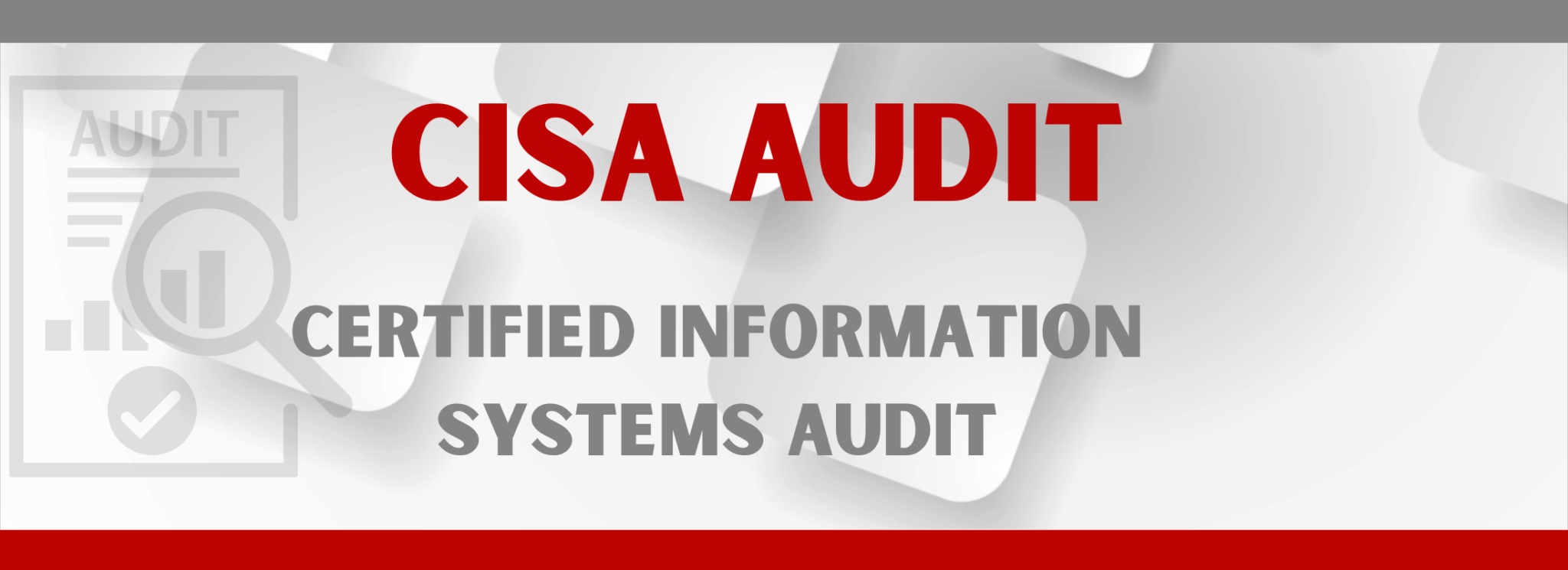
Audit Approaches of CISA
CISA Audits involve a systematic approach to evaluate an organization’s information systems. The audit process is designed to assess various components, including security, risk management, IT governance, and operational efficiency. Below is an overview of the typical approach taken during a CISA Audit:
- Planning and Scope Definition: The audit begins with defining the scope, understanding the organization’s IT environment, and setting objectives. The auditor works with key stakeholders to identify critical systems and assets that need to be assessed.
- Risk Assessment: The next step involves conducting a risk assessment to identify vulnerabilities and assess the organization’s risk management practices. This includes evaluating threats, vulnerabilities, and potential impacts on the organization’s IT infrastructure.
- Review of Controls and Processes: The auditor evaluates existing security controls, policies, and processes. This involves reviewing access controls, security protocols, incident management procedures, and other key elements that ensure the security and integrity of IT systems.
- Compliance Check: The audit assesses the organization’s compliance with relevant regulations and industry standards, such as ISO 27001, HIPAA, GDPR, and others. Non-compliance issues are flagged, and corrective actions are suggested.
- Testing and Validation: The auditor performs testing on IT systems, such as penetration testing, vulnerability scanning, and assessing network security. This is done to validate the effectiveness of security controls and ensure that risks are appropriately mitigated.
- Reporting and Recommendations: After completing the audit, the CISA auditor produces a comprehensive report detailing the findings. This includes a risk assessment, audit conclusions, and actionable recommendations for improvement.
How can CISA Audit be useful to an organization?
A CISA Audit provides numerous benefits that enhance an organization’s cybersecurity posture, operational efficiency, and regulatory compliance:
- Identifying Security Gaps: The audit helps detect vulnerabilities in your IT systems, allowing your organization to proactively address security flaws before they can be exploited by cybercriminals.
- Ensuring Compliance: A CISA Audit ensures that your organization is compliant with relevant industry regulations and standards. Compliance reduces the risk of legal penalties, fines, and reputational damage, while ensuring that data privacy and protection laws are followed.
- Enhanced Risk Management: The audit identifies and assesses risks to your IT systems and provides recommendations for improving risk management strategies. This helps organizations mitigate financial, operational, and reputational risks.
- Boosting Stakeholder Confidence: Successfully passing a CISA audit and addressing any identified weaknesses demonstrates to clients, partners, and regulators that your organization is committed to maintaining the highest standards of cybersecurity and governance.
- Operational Improvements: A CISA audit identifies inefficiencies, redundancies, and weaknesses in existing IT processes, offering recommendations that help optimize workflows, improve system performance, and reduce operational costs.
- Future-proofing Your IT Systems: By evaluating current practices and preparing for emerging threats, a CISA audit ensures that your IT infrastructure remains resilient and adaptable to future challenges.
Our CISA Audit services provide your organization with a comprehensive assessment of your IT systems, governance frameworks, and security measures. With our expert guidance, we help you mitigate risks, improve operational efficiency, and ensure compliance with industry standards. Our audits empower organizations to make informed decisions that enhance security and business continuity.
